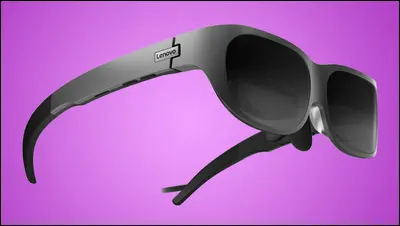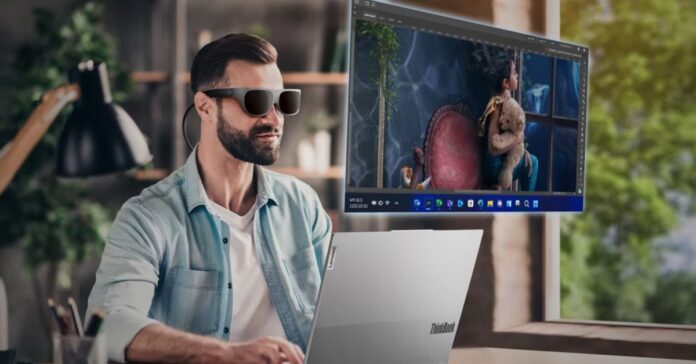The recently unveiled Lenovo Glasses T1 is designed to be a “wearable private display for on-the-go multimedia viewing.” The T1 is not a standalone computer, unlike Google Glass, Microsoft HoloLens, and other augmented-reality headsets. Instead, it serves as an external display for other devices. Since the glasses are not wireless, there is no battery to maintain; instead, a cable extends from the back of the glasses.
According to Lenovo, the glasses ought to function with anything that supports USB Type-C video output. Several of the greatest laptops, the iPad Air and Pro, and a few Android smartphones and tablets are among them. Additionally, a Lightning-compatible converter will be available for usage with iPhones and other iPads.

The glasses have a micro-OLED display with a framerate of 60Hz and a resolution of 1920 x 1080 for each eye. The T1 is only intended for productivity work and traditional gaming; think of it as an external display that is placed directly in front of you rather than on a desk or wall. That refresh rate would be too slow for virtual reality games.
Lenovo has previously provided smart glasses to corporations for use in the workplace, but the T1 appears to be the company’s first pair of glasses for everyday consumers. Unfortunately, there is currently no information about availability or pricing. The Lenovo Glasses T1 will hit “select other markets” and China in late 2022, when it will be known as the “Lenovo Yoga Glasses.”


